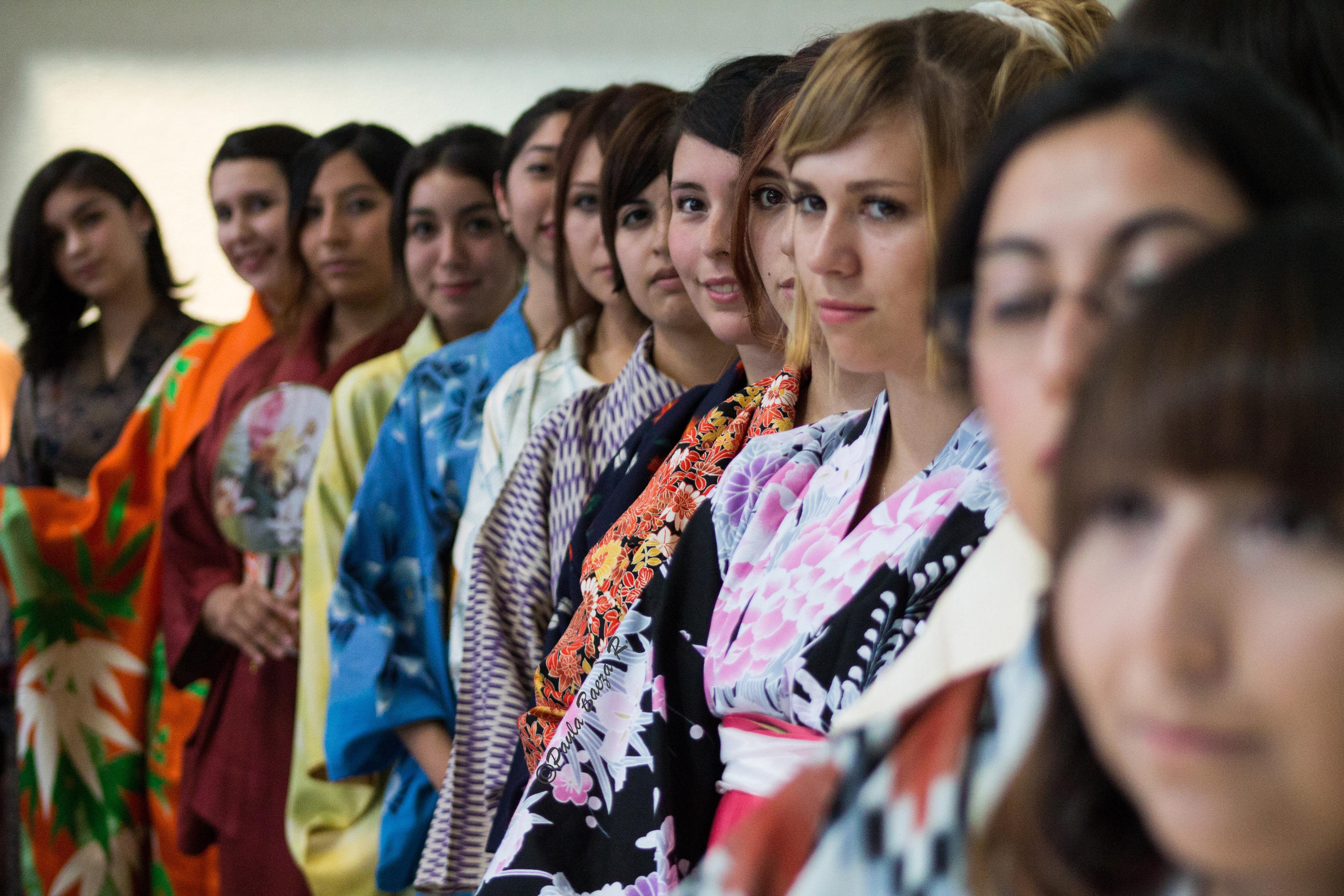Japanese Chileans on:
[Wikipedia]
[Google]
[Amazon]
Japanese Chileans ( es, Japonés Chileno or ''Nipo-chileno''; ja, 日系チリ人, ''Nikkei Chiri-jin'') are
 ]
Today, the new generations are maintaining some of their traditions, such as the Japanese language and cultural events such as Hanami, and the Valparaíso Japan Festival () through organizations such as the Valparaíso Región Nikkei Corporation (Corporación Nikkei Región de Valparaíso).
]
Today, the new generations are maintaining some of their traditions, such as the Japanese language and cultural events such as Hanami, and the Valparaíso Japan Festival () through organizations such as the Valparaíso Región Nikkei Corporation (Corporación Nikkei Región de Valparaíso).
Migration Historical Overview - Chile
Corporación Nikkei Región de Valparaíso
{{Ethnic groups in Chile Asian Chilean
Chileans
Chileans ( es, Chilenos) are people identified with the country of Chile, whose connection may be residential, legal, historical, ethnic, or cultural. For most Chileans, several or all of these connections exist and are collectively the source ...
with ethnic origin from Japan. The first Japanese in Chile were 126 immigrants hired to work in the mining industry in 1903. , Japan's Ministry of Foreign Affairs estimated there to be a total of roughly 2,600 Japanese people living in Chile. Among them were 1,108 temporary residents, 504 permanent residents and approximately a thousand born locally.
History
The number of Japanese settlers in Chile never exceeded 900 between 1910 and 1940. Among those who entered the nation, there was a wide diversity of occupations ranging from professionals and businessmen to laborers re-migrating from neighboring countries, especiallyPeru
, image_flag = Flag of Peru.svg
, image_coat = Escudo nacional del Perú.svg
, other_symbol = Great Seal of the State
, other_symbol_type = National seal
, national_motto = "Firm and Happy f ...
which has the second largest Japanese population in Latin America and the sixth largest in world. They mostly settled in the nitrate-rich north and to the southern regions of Valparaíso and Santiago. They found employment in a variety of jobs as salaried workers and in small business interests, especially as barbers. The early Nikkei community was largely male. The majority of Issei men married Chilean women. Their children, the Nisei, were raised with the belief of "If they are going to live in Chile, let them be Chilean".
]
However, World War II
World War II or the Second World War, often abbreviated as WWII or WW2, was a world war that lasted from 1939 to 1945. It involved the vast majority of the world's countries—including all of the great powers—forming two opposing ...
incited anti-Japanese sentiments and interrupted the Nikkei’s process of integration into Chilean society. Starting in early 1943, several dozen Japanese Chileans were forced to move from strategically sensitive areas (such as copper
Copper is a chemical element with the symbol Cu (from la, cuprum) and atomic number 29. It is a soft, malleable, and ductile metal with very high thermal and electrical conductivity. A freshly exposed surface of pure copper has a pinkis ...
mines) to the interior of the country. Meanwhile, the Japanese community became more united, offering mutual support in the face of wartime oppositions. These ties would later be formalized after the war with the organization of the Japanese Beneficence Society (''Sociedad Japonesa de Beneficencia'').
By the 1990s, Chilean Nikkei enjoyed middle-class status, a high educational level, and employment in white-collar jobs. Contrary to trends in other Latin America
Latin America or
* french: Amérique Latine, link=no
* ht, Amerik Latin, link=no
* pt, América Latina, link=no, name=a, sometimes referred to as LatAm is a large cultural region in the Americas where Romance languages — languages derived f ...
n countries with a Nikkei population, less than 5% of the ethnic Japanese population has gone to Japan to work as ''dekasegi
Dekasegi ( pt, decassegui, decasségui, , ) is a term that is used in Brazil to refer to people, primarily Japanese Brazilians, who have migrated to Japan, having taken advantage of Japanese citizenship or '' nisei visa'' and immigration laws to w ...
s''. The small size of the Japanese community, its lack of unity, and the increase of mixed marriages call into question the future of the Chilean Nikkei. There are an estimated 3,800 Japanese and people of Japanese descent in Chile.
 ]
Today, the new generations are maintaining some of their traditions, such as the Japanese language and cultural events such as Hanami, and the Valparaíso Japan Festival () through organizations such as the Valparaíso Región Nikkei Corporation (Corporación Nikkei Región de Valparaíso).
]
Today, the new generations are maintaining some of their traditions, such as the Japanese language and cultural events such as Hanami, and the Valparaíso Japan Festival () through organizations such as the Valparaíso Región Nikkei Corporation (Corporación Nikkei Región de Valparaíso).
Religion
The majority of Japanese Chileans are Roman Catholic Christians, while the rest are Buddhists and Shintoists.Notable people
*Carlos Ominami
Carlos Octavio Ominami Pascual (born 18 June 1950 in Santiago) is a Chilean economist and politician, former parliamentarian and former Chilean Minister of State.
Family
Ominami is the son of Edith Pascual Pascual (born 1928), of partially ...
, senator
* Nozomi Kimura, professional footballer
See also
* Chile–Japan relationsNotes
References
* Masterson, Daniel M. and Sayaka Funada-Classen. (2004), '' The Japanese in Latin America: The Asian American Experience.'' Urbana, Illinois:University of Illinois Press
The University of Illinois Press (UIP) is an American university press and is part of the University of Illinois system. Founded in 1918, the press publishes some 120 new books each year, plus 33 scholarly journals, and several electronic proje ...
. ;
External links
Migration Historical Overview - Chile
Corporación Nikkei Región de Valparaíso
{{Ethnic groups in Chile Asian Chilean
Chileans
Chileans ( es, Chilenos) are people identified with the country of Chile, whose connection may be residential, legal, historical, ethnic, or cultural. For most Chileans, several or all of these connections exist and are collectively the source ...
Ethnic groups in Chile
Japanese Latin American